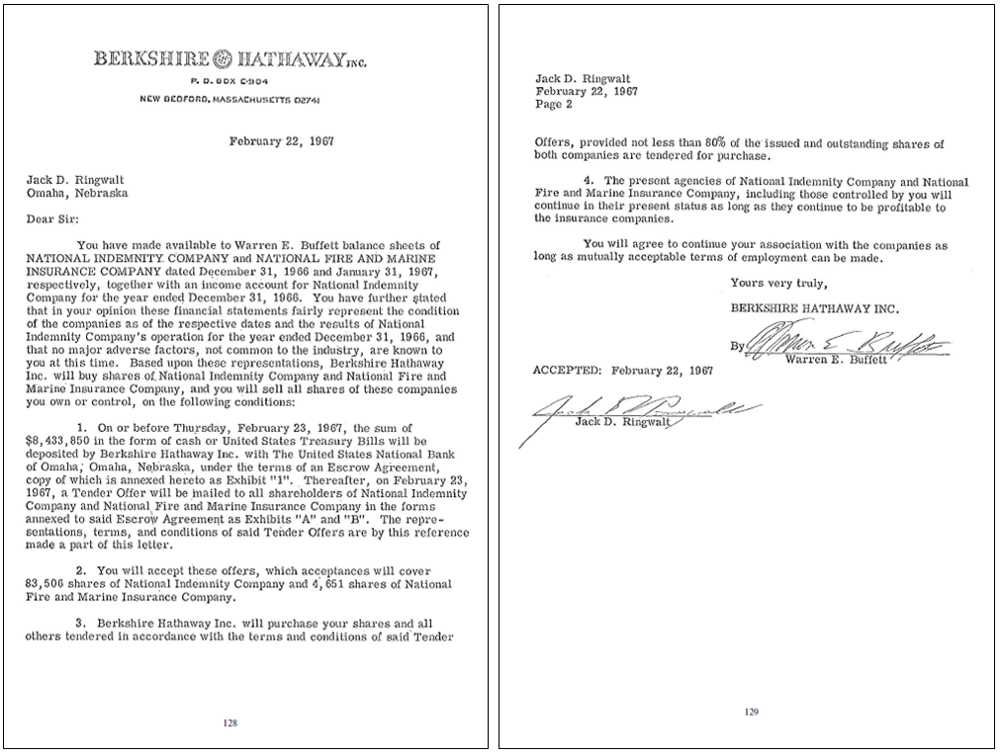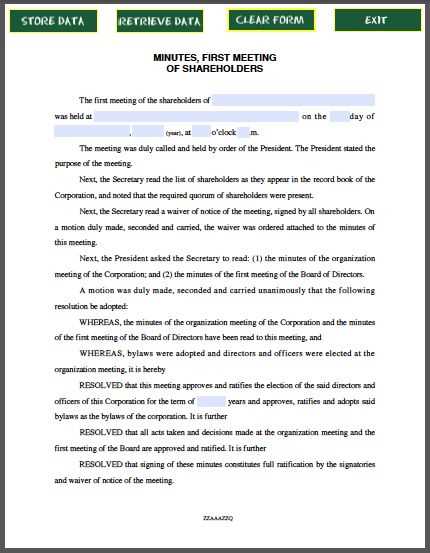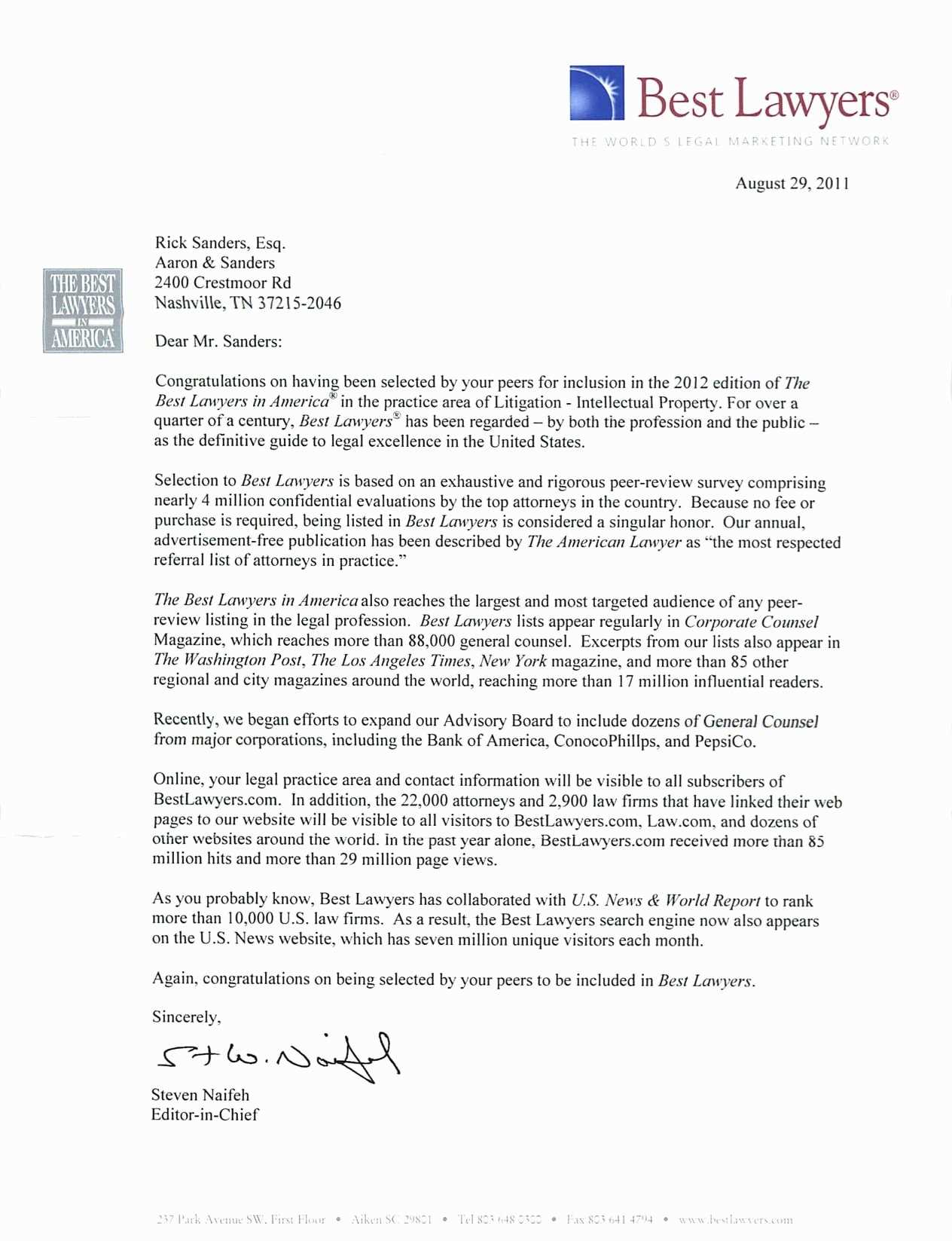Letter to shareholders template

A clear, concise, and transparent letter to shareholders can build trust and align expectations. Start by outlining key financial figures and performance metrics, highlighting both achievements and areas for improvement. Shareholders appreciate understanding the direction the company is taking, so make sure to address future plans and potential challenges. Avoid overcomplicating your message; use simple language and direct statements to keep the tone engaging yet professional.
Focus on fostering an honest dialogue. Acknowledge the hard work and dedication of employees, as they are often the backbone of the company’s success. Include updates on any strategic initiatives and their expected outcomes. If there have been significant changes or developments, provide context to help shareholders grasp the full picture.
Conclude the letter with a call to action or a promise of continued communication. Remind shareholders that their involvement is valued, and assure them that their interests are at the forefront of the company’s mission. Be sure to maintain a balance of optimism and realism in order to keep them informed and engaged.
Letter to Shareholders Template
Begin with a clear statement about the company’s financial performance over the past year. Highlight key achievements and milestones that demonstrate growth or strategic progress.
Next, acknowledge the contributions of shareholders and express appreciation for their ongoing support. This reinforces the company’s commitment to its investors.
Provide a brief overview of the company’s strategic direction and priorities for the upcoming period. Outline key areas of focus, such as expansion plans or new initiatives, that will drive future success.
Share relevant data or insights that support the company’s trajectory, including market trends, competitive advantages, and potential risks. Transparency builds trust and ensures shareholders are well-informed.
Close with a strong, optimistic statement about the company’s future. Reaffirm your commitment to maximizing shareholder value and sustaining long-term growth.
Structuring Financial Updates for Clear Understanding
Organize financial updates with clarity by using a consistent format. Start with a high-level summary of key figures, followed by a deeper analysis of performance drivers. Prioritize transparency to ensure shareholders quickly grasp important changes and trends.
Key Sections to Include

Provide clear distinctions between operational results and non-operational items. Separate income, expenses, and one-time events, highlighting how each category impacts overall financial health.
| Category | Amount | Percentage Change | Comments |
|---|---|---|---|
| Revenue | $12,000,000 | +5% | Driven by increased demand in key markets. |
| Cost of Goods Sold | $6,500,000 | +3% | Increase due to rising material costs. |
| Net Income | $3,000,000 | -2% | Impact of higher operational expenses. |
Highlight Key Variances
Clearly state why certain figures deviated from projections. Whether it’s due to unexpected market conditions or changes in operations, provide a concise explanation for shareholders to make informed decisions.
Highlighting Key Achievements and Milestones
Shareholders appreciate concrete examples of success. Begin by detailing the most impactful achievements over the last year. For instance, if your company has expanded its market reach, state the specific regions or countries entered and the financial growth associated with these moves. Highlight new partnerships or significant contracts signed that directly contributed to revenue growth.
Operational improvements are equally important. If the company implemented new technologies or streamlined processes, explain how these changes have enhanced productivity or reduced costs. Mention any performance metrics that clearly show these results, such as reduced lead times, improved customer satisfaction, or cost savings.
Don’t forget to highlight innovation milestones. Whether your team developed a new product, service, or improved existing offerings, focus on tangible outcomes like customer adoption rates, market reception, or patent filings. These accomplishments demonstrate the company’s ability to stay ahead in competitive markets.
Financial performance is always a key indicator of success. Share specific figures like revenue growth, profitability, or shareholder returns. If there were major investments or divestitures, mention how these decisions have strengthened the company’s position moving forward.
Lastly, employee achievements should be recognized. Highlight awards, recognitions, or key hires that have positively impacted your organization. This adds a personal touch and emphasizes your commitment to a strong workforce.
Addressing Challenges and Strategic Responses

To remain competitive, businesses must develop clear, actionable strategies to address challenges. First, identify the core issues affecting performance, whether it’s market fluctuations, resource constraints, or operational inefficiencies. Following this, create a focused response plan, prioritizing areas with the most immediate impact.
Investing in technology can streamline processes, cutting operational costs and improving service delivery. Additionally, consider forming strategic partnerships to extend market reach and enhance capabilities. These collaborations allow for shared resources and expertise, making it easier to tackle challenges together.
Implementing adaptive strategies that respond quickly to market shifts will also provide long-term stability. Regularly review business goals and metrics, ensuring that all efforts align with evolving objectives. By adjusting tactics and expectations when needed, businesses can stay on track even during uncertain times.
Conveying Future Goals and Long-Term Vision

Set clear, measurable targets for the upcoming years to establish a strong foundation for growth. Share specific objectives, such as expanding into new markets, increasing product offerings, or improving operational efficiencies. Make these goals actionable with clear timelines and milestones.
- Outline financial targets and how they will be achieved, including expected revenue growth or profit margins.
- Communicate any upcoming product innovations or expansions and their expected impact on the business.
- Present sustainability or corporate responsibility initiatives, demonstrating commitment to long-term values.
Focus on your company’s core strengths and highlight strategies to enhance them over time. Use data to show where progress has been made and outline how these steps will build a solid path for future success. Acknowledge challenges ahead but emphasize the strategic steps to overcome them.
- Set expectations for long-term stability and how resources will be allocated to ensure sustained success.
- Provide updates on partnerships or collaborations aimed at expanding your company’s capabilities.
Be transparent with shareholders about the company’s position in the market and the direction it plans to take. Ensure the vision aligns with their interests and fosters trust in the company’s leadership and strategic foresight.
Crafting a Closing that Inspires Confidence
Conclude your letter with a clear statement of optimism and readiness for the future. Focus on tangible actions and strategies that the company will pursue to ensure continued growth and stability. This builds trust and reaffirms the company’s commitment to its goals.
- Highlight measurable achievements and clear objectives moving forward.
- Use language that conveys determination and confidence without sounding overly boastful.
- Acknowledge challenges while emphasizing the company’s resilience and capacity to overcome them.
Finish with a strong, forward-looking statement that ties back to the core values of the company. Ensure shareholders feel secure in the leadership’s ability to guide the company toward sustained success. The closing should remind them of their importance and reaffirm their role in the company’s journey.
- Keep the tone steady and assertive, expressing optimism while remaining grounded in reality.
- Include a personal note of gratitude, emphasizing the shareholders’ support and partnership.